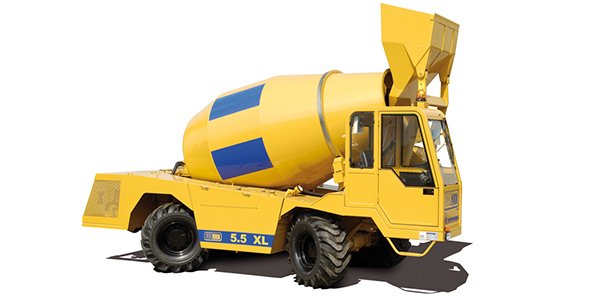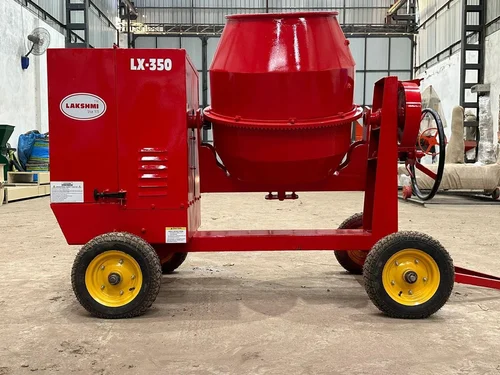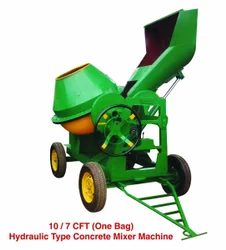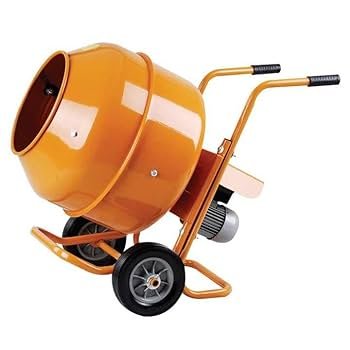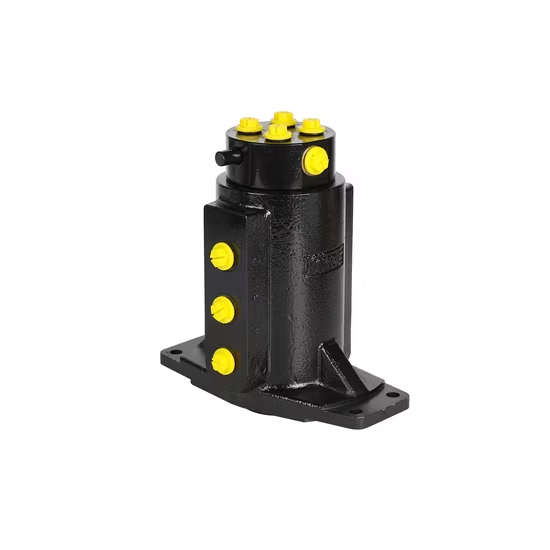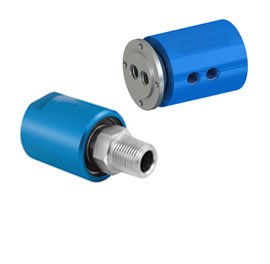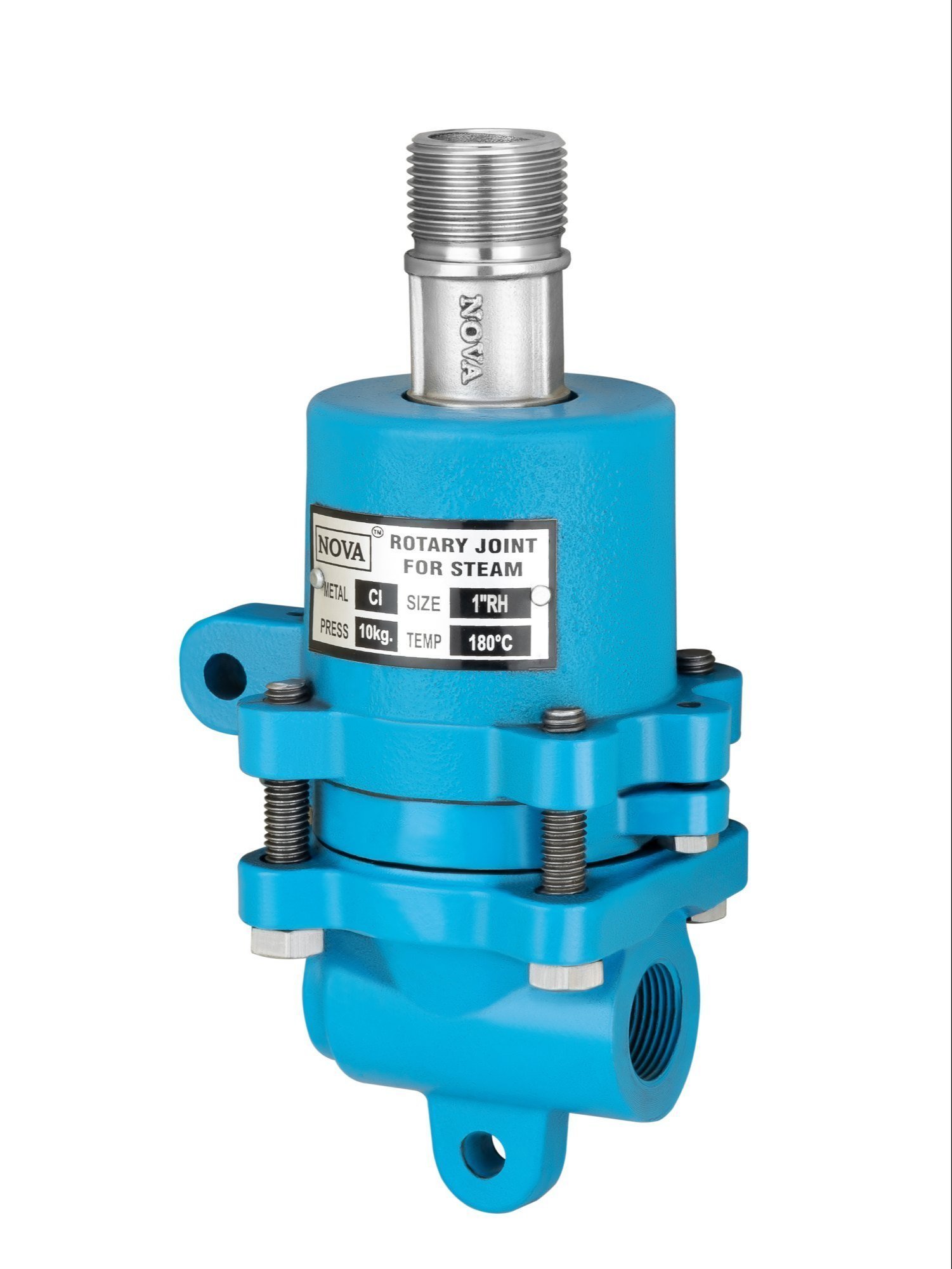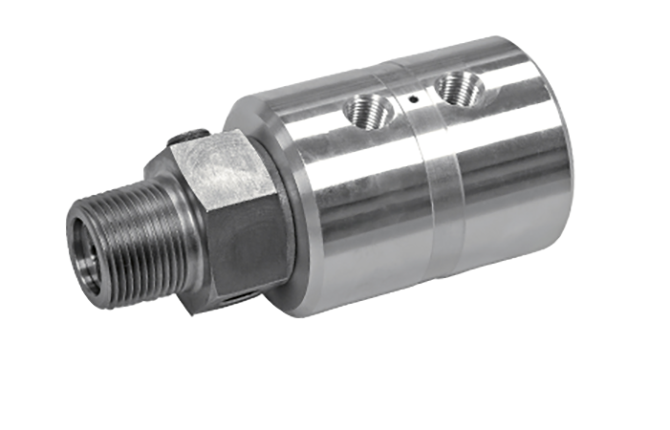Automatic concrete mixer Machine
Introduction
- Begin with a compelling statement about India’s incredible infrastructure growth and the reliance on efficient construction machinery like concrete mixers to meet rising demands.
- Highlight the importance of understanding the pricing dynamics, machine types, and regulations for contractors, small business owners, and construction professionals.
- Explain that this blog will provide a comprehensive guide covering market trends, types of machines, cost factors, regulations, maintenance tips, and future trends.
Body Sections
1. The Booming Indian Concrete Mixer Market
- Discuss the growth drivers of India’s construction industry, such as urbanization, Smart Cities initiatives, and infrastructure projects like highways and metro expansion.
- Highlight the increasing demand for concrete mixers with lift features, particularly for small-to-medium-scale construction projects.
- Mention growing trends, including automation and portable solutions, favored for their efficiency and cost-effectiveness.
2. Types of Concrete Mixer Machines and Their Pricing
A. Overview of Key Mixer Types
- Portable Concrete Mixers with Lift
- Ideal for small-scale projects.
- Price range examples (e.g., INR X–Y) based on their capacity and features.
- Stationary Concrete Mixers with Lift
- Suitable for medium-level construction tasks.
- Price range (e.g., INR X–Y).
- Transit Mixers with Lift
- High-capacity, better suited for large construction sites.
- Pricing (e.g., INR X–Z).
B. Factors Affecting Prices
- Machine Capacity
- Outline how larger capacity correlates with higher costs.
- Brand
- Compare established brands like Universal or Venus with cost-effective local brands.
- Technology
- Explain how automation, sensors, and safety features influence price.
- New vs. Used
- Pros and cons of purchasing used versus new mixers.
3. Government Regulations and Their Impact on Pricing
- Overview of BIS standards that regulate quality and safety for concrete machinery.
- Discuss the role of schemes like MSME subsidies in reducing upfront costs for small-scale contractors.
- Cover GST implications on construction equipment pricing in India.
4. A Practical Buying Guide
A. Understanding Your Needs
- Identifying key usage requirements such as project size and typical workload.
B. Best Purchase Sources
- Mention reputable dealers, online platforms (e.g., IndiaMART), and trade expos.
- Highlight specific regional hubs popular for machinery, such as Coimbatore and Rajkot.
C. Evaluating Machine Quality
- Share tips to assess durability, operational efficiency, and overall reliability.
- Stress the importance of after-sales service and access to warranties.
D. Negotiation Tactics
- Provide strategies to secure the best deals, including group buying and negotiating additional perks like free delivery.
5. Maintenance Tips for Durability and Reliability
- Daily cleaning and lubrication guidance to prevent wear and tear.
- Importance of regular inspections to detect early signs of damage.
- Recommendations for using high-quality spare parts for replacements.
6. Innovations and Future Trends
- Overview of AI integration in newer models for improved operational efficiencies.
- Emerging eco-friendly solutions, including solar and hybrid-powered mixers.
- The rising prominence of IoT in machine monitoring and predictive maintenance.
7. Case Studies and Success Stories
- Share real-life examples of builders or contractors who used concrete mixers with lift features to improve project efficiency and reduce costs.
- Highlight ROI figures or tangible benefits from sourcing the right equipment.
Thought-Provoking Conclusion
- Summarize the critical points, reiterating the importance of identifying the right type of mixer, understanding pricing influences, and ensuring value through proper maintenance.
- Encourage readers to focus on long-term operational benefits rather than just upfront costs.
- Call-to-Action
- Invite readers to explore trusted sellers or connect with [Your Brand’s Team] for personalized advice on selecting the best concrete mixer for their needs.

